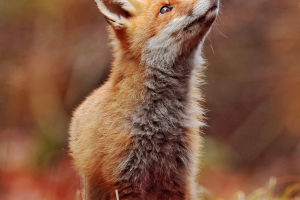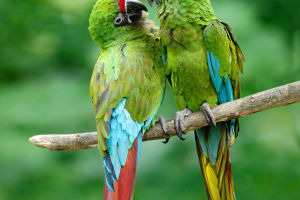Hummingbirds
Hummingbirds are tiny but mighty creatures that are unique to the Americas. They belong to the hummingbird family, which is part of the order Rainbird.
With over 300 different species, hummingbirds are among the most diverse avian families, with the smallest species found in Cuba. Remarkably, they are the only birds capable of flying backward. Despite their diminutive size, with an adult body length of only about 5 cm and a weight of approximately 1.8 grams, hummingbirds possess a plethora of unique characteristics that distinguish them from other birds.
Notably, hummingbirds boast the fastest metabolic rate of any bird, allowing them to consume an extraordinary amount of food daily, far exceeding their body weight. To sustain their rapid wing flapping, hummingbirds must visit hundreds of flowers each day, enduring periods of hunger when food is scarce. In response, they can slow down their metabolism during periods of rest, entering a state akin to hibernation known as "torpor." During torpor, their heart rate and breathing slow down to conserve energy.
In addition to their remarkable metabolic adaptations, hummingbirds are renowned for their exceptional flight capabilities. They can achieve incredible speeds, maneuvering with precision in all directions, including up, down, left, right, and even hovering in one position for extended periods. These extraordinary flying skills make hummingbirds marvel at avian engineering and contribute to their widespread admiration among bird enthusiasts worldwide.
This is made possible by their ability to change the angle of their wings constantly and control the amplitude and frequency of their wings to achieve the effect of hovering and flying backward.
They have flexible shoulder joints, which gives them the most precise control over the wings of any bird in the world.
Hummingbirds generally have blue or green plumage with lighter underparts, and some males have a crown of feathers or elongated tail feathers.
Male hummingbirds are mostly blue-green, while some are purple, red, or yellow. Females, on the other hand, have duller body feathers.
In terms of breeding, females make their nests alone, which are cup-shaped fabrics suspended from branches, caves, rocky surfaces, or large leaves.
Hummingbirds lay two very small, white eggs at a time, but they are relatively large compared to the size of the bird. The incubation period for the eggs is usually 15-19 days. Males do not participate in nesting.
Hummingbirds are often threatened by human activities such as deforestation and farming, which destroy the habitats they depend on.
In the 19th century, women in Europe and the United States often used hummingbird feathers as hat ornaments, and merchants bought hummingbird skins, posing a great threat to the survival of hummingbirds.
Today, conservation efforts have been put in place to protect these tiny wonders of the bird world.
In conclusion, hummingbirds are truly fascinating creatures with their unique flying abilities and fast metabolism. They are a wonder to behold, and despite their small size, they have many characteristics that set them apart from other birds.
It is important to protect and conserve their habitats to ensure their survival for future generations to appreciate and admire.


